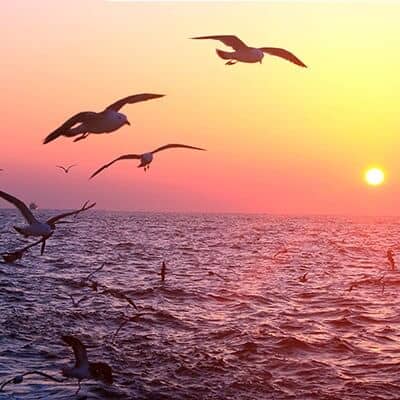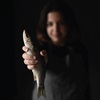Cooking with Cape Hake is always an absolute pleasure. It's a fish that is as sustainable as it is delicious, which means that future generations will get to enjoy everyone's favourite seafood!

Prep time
30 mins
Cooking Time
15 mins
Serves
4
Ingredients
- 4 large fresh hake fillets (about 500g of fish)
- Olive oil
- 1 tablespoon Spanish smoked paprika
- 2 tablespoons nduja
- 1 small onion, finely chopped
- 1 head of kale, washed and leaves removed from fibrous stalks
- 2 red chilies, finely chopped
- 50ml dry white wine
- 150ml chicken stock
- 2x 400g tins of cannellini beans, drained
- Coarse ground sea salt and black pepper
Method
- In a wide saucepan over medium heat, sauté the nduja with the chopped onion in a little olive oil until the onion is soft and golden. Shred the kale leaves into bite-sized pieces and add in with the onion. Fry until the kale is bright green and slightly crispy. Add in the chopped red chillies and fry for a further minute. Deglaze with the white wine and pour in the chicken stock. Simmer the mixture until slightly reduced and add in the drained cannellini beans. Cook the beans for 3-5 minutes, stirring only once to combine. Season to taste and set aside.
- Preheat the oven to 220°C. Use kitchen towel to pat the hake fillets dry. Rub each fillet with a little olive oil and season with the smoked paprika. Arrange the fish on a lined baking sheet and roast for 15 minutes or until tender and flaking. If desired, divide each fillet into a more manageable portion.
- To serve, dish up the beans into four warmed soup plates. Top each plate with a portion of hake, a drizzle of chilli-infused olive oil and a dollop of garlicky mayonnaise.


